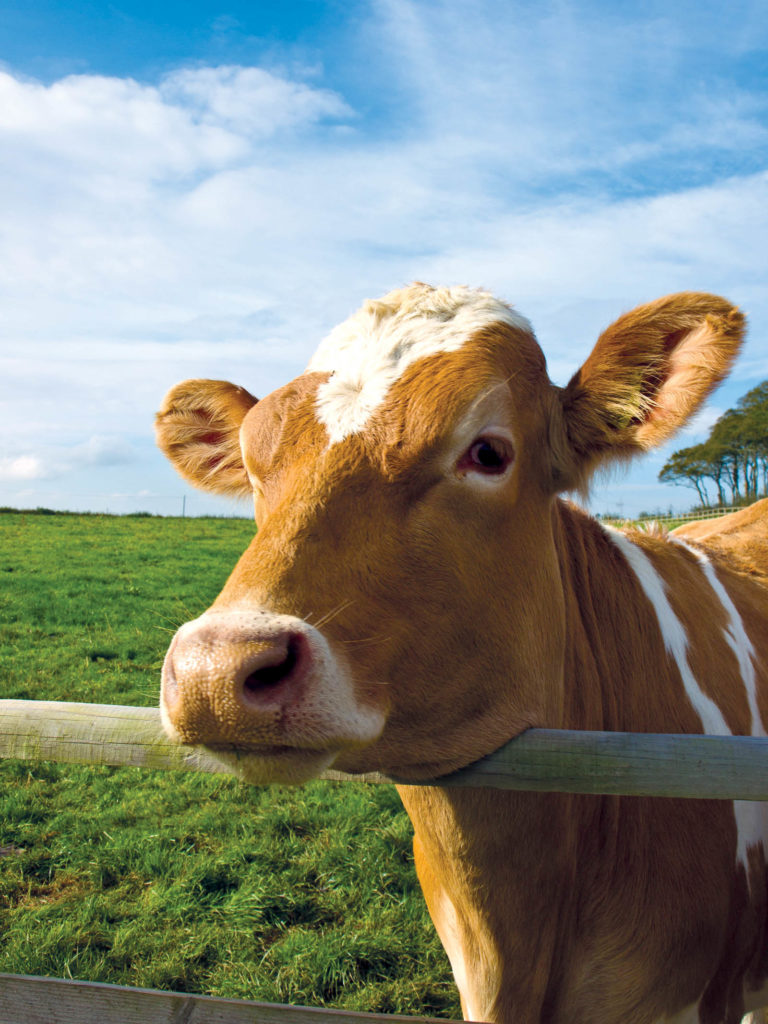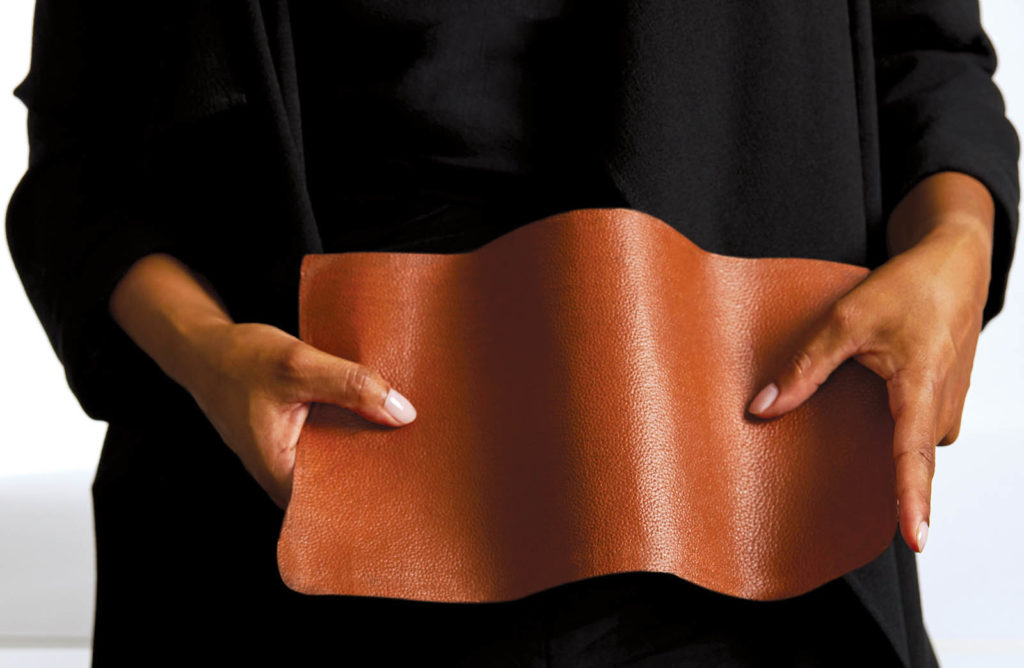
We’ve seen all kinds of alternative leather products made from such things as mycelium, pineapple leaves, coconuts, apple waste and more. But how about an “alternative” leather product that isn’t really an alternative? It sounds odd, but VitroLabs Inc., a California-based biotech company, is leading the development of a new scientific process to grow cellular cultivated animal leather.
The company claims to be able to make billions of square feet of leather with a single, harmless biopsy from one cow. According to the company’s website, “With the help of a happy, healthy animal, we reproduce the natural conditions that allow those skin cells to regenerate indefinitely. With our process, just by donating a few cells, one cow can change the way real leather is made and
help us live more in harmony with nature.”

Since 2016, the company has been pioneering the cutting-edge material made by using advanced tissue engineering processes to create cell cultivated animal leather from only a few animal cells. Recent Series A funding will be used to fast-track commercialization, with expansion of scientific, manufacturing and business development teams.
“By launching the first production of cultivated leather, we’ll hit a major milestone in fulfilling our mission to lead the shift toward a more sustainable future,” says VitroLabs cofounder and CEO Ingvar Helgason. “There has been an explosion of companies that are developing alternative materials to leather. However, at VitroLabs, our cultivated animal leather preserves the biological characteristics that the industry, craftsmen, and consumers know and love about leather, while eliminating the most environmentally and ethically detrimental aspects of the conventional leather manufacturing process associated
with its sourcing.”

 TEXTILES.ORG
TEXTILES.ORG


